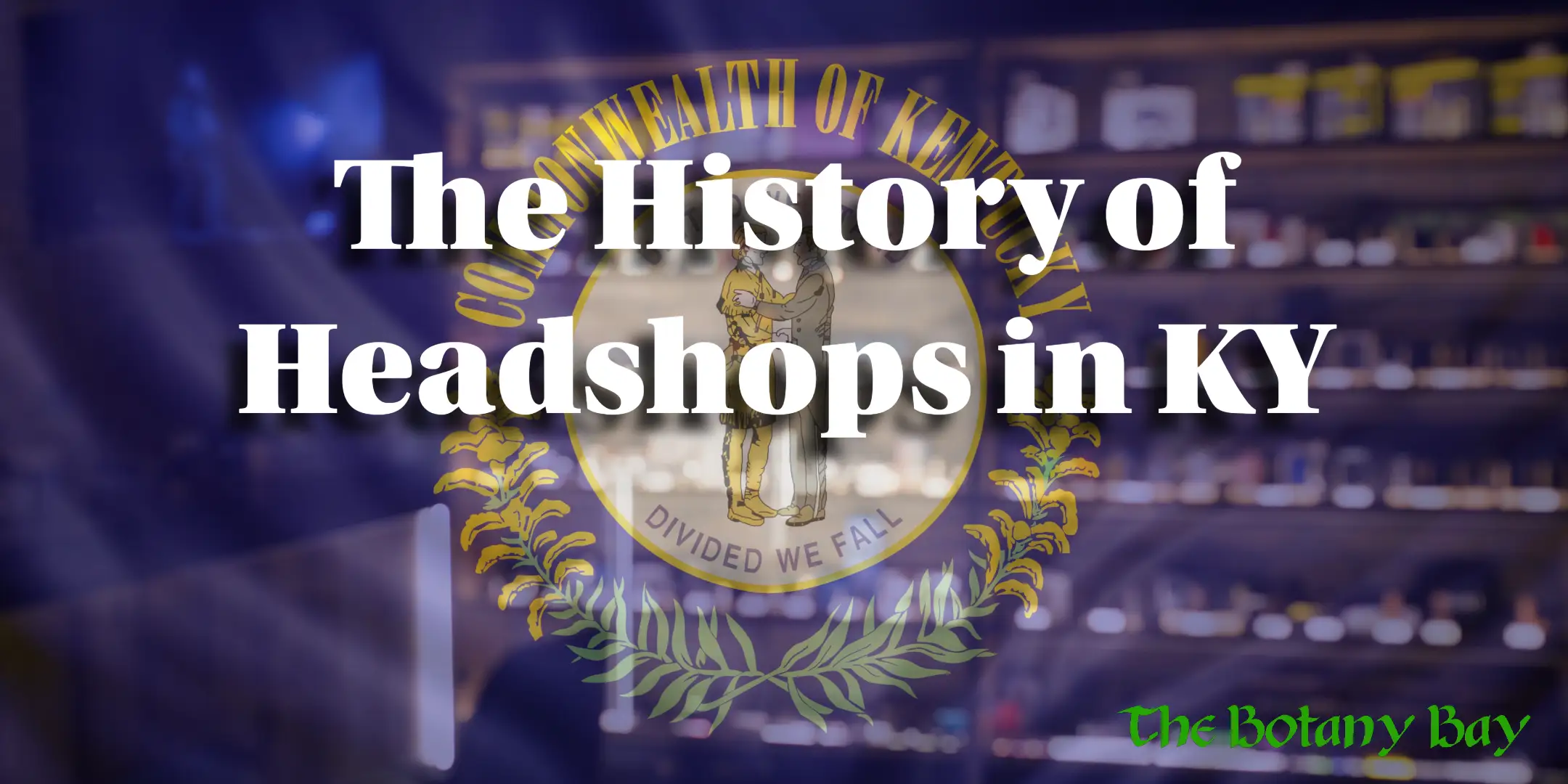
Head shops have always been more than retail, they’re culture, expression, and community. Since the late 1960s, these shops offered not just smoking gear but a place for underground art, music, and alternative thinking. While Kentucky might not be the epicenter of the 60s counterculture, stores like The Botany Bay, with three Lexington locations, carry forward that spirit today.
Where Head Shops Started in the U.S.
The first U.S. head shop is credited to the Psychedelic Shop in San Francisco’s Haight-Ashbury, which opened on January 3, 1966. Later that year, a similar shop opened in New York’s East Village, a sign that this countercultural retail movement was spreading. These early head shops sold paraphernalia, posters, underground comics, countercultural zines, and incense, not just pipes and glass.
Kentucky’s Quiet Connection
Unlike Haight-Ashbury or the Lower East Side, Kentucky did not see the same nationally documented rise of head shops in the 1960s. Newspaper indices at Lexington Public Library show limited coverage of counterculture, suggesting that if head shops existed early on, they did so quietly and without mainstream attention.
That may fit Kentucky’s broader cultural character, a slower cultural transition woven beneath the surface of more quiet community shifts. The Botany Bay embodies that heritage today, offering alternative botanicals, smoking accessories, and incense inside a Lexington cultural ecosystem.
What Makes a Head Shop Unique
- Smoking & Dabbing Devices: Artistic glass, papers, grinders… explore our smoking and dabbing devices and smoking accessories.
- Incense & Fragrance: Scent has always been part of the counterculture vibe, see our candles and incense.
- Alternative Botanicals: Your modern head shop includes cannabinoid products, kratom and kava, and mushroom blends.
Why the Tradition Is Still Relevant
Head shops persist not just for the products they sell, but for the culture they create, a place that honors independent thought, art, and underground identity. The Botany Bay continues that line in Richmond and Lexington, offering more than retail but community and creative expression.
Important Information
- For adults only. Age restrictions vary by state and local law.
- Not evaluated by the FDA.
- Not intended to diagnose, treat, cure, or prevent any disease.
- Keep out of reach of children and pets.
- Check your local laws before purchase.
FAQs
When did head shops first appear?
The earliest documented example is the Psychedelic Shop in San Francisco, 1966, followed soon after by East Village locations in New York.
Did Kentucky have head shops in the 1960s or 70s?
No widely documented evidence exists. That doesn’t mean they weren’t present, it may reflect Kentucky’s quieter, grassroots approach to cultural change.
What makes a head shop different today?
Modern head shops are culture hubs, selling art, botanicals, fragrance, and lifestyle goods alongside classic gear. They’re as much about identity and aesthetics as products themselves.

